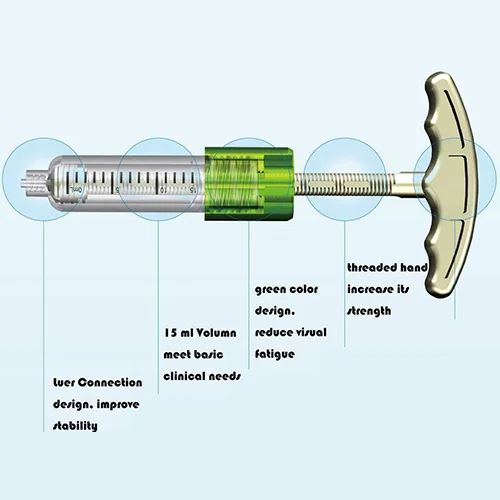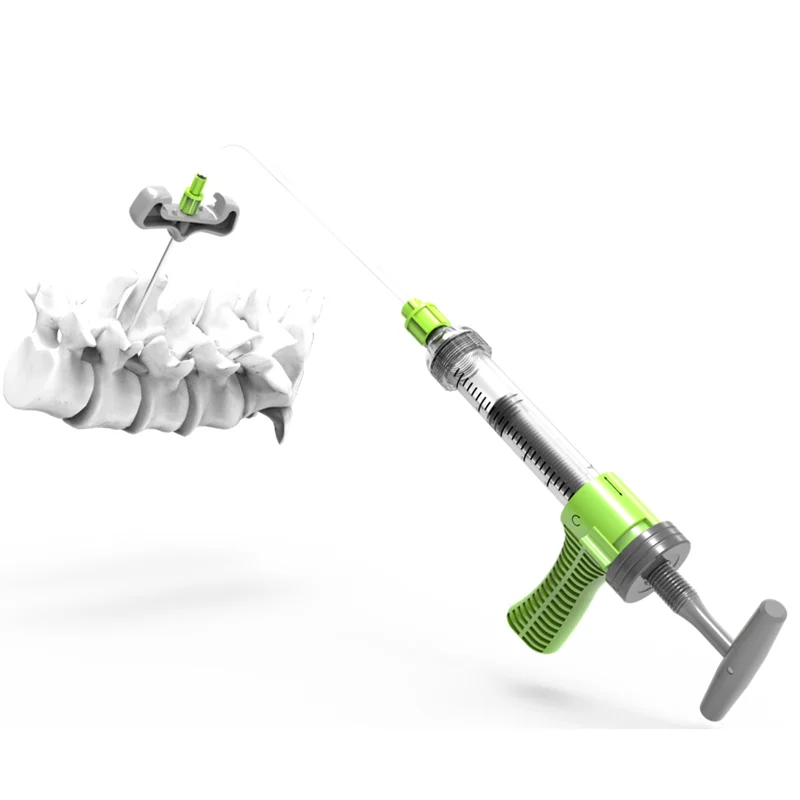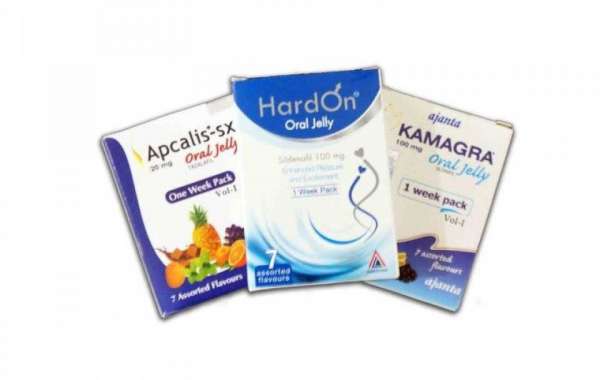Introduction to Bone Cement
Bone cement is the common name for bone cement, and its main component is polymethyl methacrylate (PMMA).
The composition of bone cement: powder PMMA+styrene+initiator; liquid is polymethyl methacrylate (MMA)+accelerator. MMA is a colorless liquid with a pungent smell, volatile, flammable, lipophilic, and cytotoxic. Under certain conditions, it can self-polymerize and solidify into polymer PMMA.
Preparation
Equipment preparation: The bone cement powder and liquid mixing equipment can be a crucible-shaped container (made of porcelain and stainless steel) with a diameter of about 60mm and a height of about 45mm-50mm; use a stainless steel round-headed flat spoon with a width of about 8mm as a mixing rod. All instruments are pre-sterilized and should be used dry and at the same temperature as the overall environment of the operating room.
Before the operation, the bone cement should be placed in an environment of 23°C±1°C for more than 2 hours, and the bone cement is very sensitive to temperature. Lower temperatures prolong the working and curing time of the bone cement.
operation method
1. Before use, check whether the powder and liquid packaging is damaged or not. If there is any damage, it is strictly prohibited to use. When using, use the ratio of one bag of powder to one ampoule of liquid, and it is strictly forbidden to change it.
2. When mixing powder and liquid, first put all the powder of bone cement into the mixing device, then add all the liquid, and keep stirring evenly to minimize air entrainment, because air bubbles can change the mechanical properties of bone cement. After stirring for 30 to 60 seconds, suck it into the bone cement syringe, and inject the bone cement into the desired part during the toothpaste period under X-ray monitoring.
The ambient temperature of the operating room and the temperature of the bone cement have a great influence on the working time and setting time of the bone cement. The lower the temperature, the slower the curing speed; conversely, the higher the temperature, the faster the curing speed.

Precautions
1. The liquid in this product is strictly prohibited for intravenous injection.
➤ 2. Do not use if the powder packaging bag and liquid ampoule are damaged.
➤ 3. The product has been sterilized at the factory. Once the package is opened, it must be used or discarded all at once, and cannot be used again. Powders and liquids cannot be sterilized again.
➤ 4. When using, use the ratio of one bag of powder to one ampoule of liquid, and it is strictly forbidden to change it.
➤ 5. The liquid component of bone cement is an irritating and flammable liquid, which can irritate the respiratory tract, skin, eyes, etc. When preparing and using it, the operating room should be ventilated.
➤ 6. Bone cement must be injected under toothpaste period and X-ray monitoring. Premature injection may easily cause bone cement leakage and complications.
➤ 7. The product should be stored in the dark below 25°C.
➤ 8. The validity period of the product is two years from the date of sterilization, please use it within the validity period.
➤ 9. Doctors who use bone cement for the first time should have a careful understanding of its properties, characteristics, usage methods and precautions, and should conduct certain training in isolated bones.
Detailed explanation of the fourth generation bone cement technology
First generation bone cement technology
Using the bone cement set to fill by manual stirring and finger pressure, not paying enough attention to the flushing and suction of the bone marrow cavity, resulting in a high porosity of the bone cement, and maintaining the neutral position of the prosthetic stem by hand, the thickness of the bone cement filling around it is not enough The filling effect of the bone bed was poor, and the shape of the prosthesis stem (sharp corners) cut the bone cement.
second generation bone cement
After the bone cement is manually stirred, pulses are used to flush the bone marrow cavity to remove bone debris, fat and oil in the marrow cavity, so that the bone bed can be filled better; The bone cement filling is evenly distributed; the distal end of the medullary cavity uses a medullary canal plug (also known as the distal plug) to facilitate pressure and reduce the porosity of the bone cement; after the prosthesis is placed, keep the pressure until the bone cement ossifies.
third generation bone cement
Centrifugal/vacuum mixing bone cement technology is used to reduce the mixing of air bubbles during the mixing process, so that there are fewer voids in the aggregate and reduce the porosity of bone cement; use the femoral prosthetic stem mid-position technology (middler) to make the bone cement fill and distribute evenly , which is conducive to the transfer of stress to the bone through the bone cement.
Fourth generation bone cement technology
On the basis of the third-generation bone cement technology, bone cement pressurization technology is added to resist the backflow of blood, reduce the porosity of bone cement, and improve the occlusal force of bone cement and cancellous bone. Such as acetabular bone cement pressurizer, tibial bone cement pressurizer and retainer.
To sum up, the correct bone cement technique can obtain (1) a complete bone cement sleeve; (2) an ideal bone cement filling layer of 3-4mm.

bone cement sleeve
What is the ideal cemented layer for long-term survival? With the change of bone cement composition, the thinnest part of bone cement filling should not be less than 1.5mm (the thinnest part in Europe and America should not be less than 2mm). In addition, the occlusion of bone cement and cancellous bone is 1.5-2mm, and an ideal bone cement filling layer of 3-4mm is obtained. An incomplete or thin cemented mantle can lead to early failure.
During the operation, the file will destroy the bone. In addition to the bone marrow cavity, the cancellous bone space is also filled with blood, bone debris, fat and oil impurities, which will affect the porosity of the bone cement and the filling effect of the bone bed. The fixation of the bone cement prosthesis is loosened, and the wear between the bone cement and the prosthesis produces debris, which in turn causes osteolysis and aggravates the loosening. This vicious cycle continues and leads to failure of the prosthesis fixation. Therefore, the correct bone cement technique must consider the porosity of the bone cement, the filling effect of the bone bed, and the filling distribution of the bone cement in order to avoid the failure of the prosthetic fixation.
Euro-tek Industrial is a professional supplier of orthopaedic medical devices for trauma, spine and wound care solutions. The main products include Kyphoplasty System, Orthopedic InternalExternal Fixation System, Wound Dressing System, Negative Pressure Wound Therapy, Pulse Irrigation System Stimulation.








